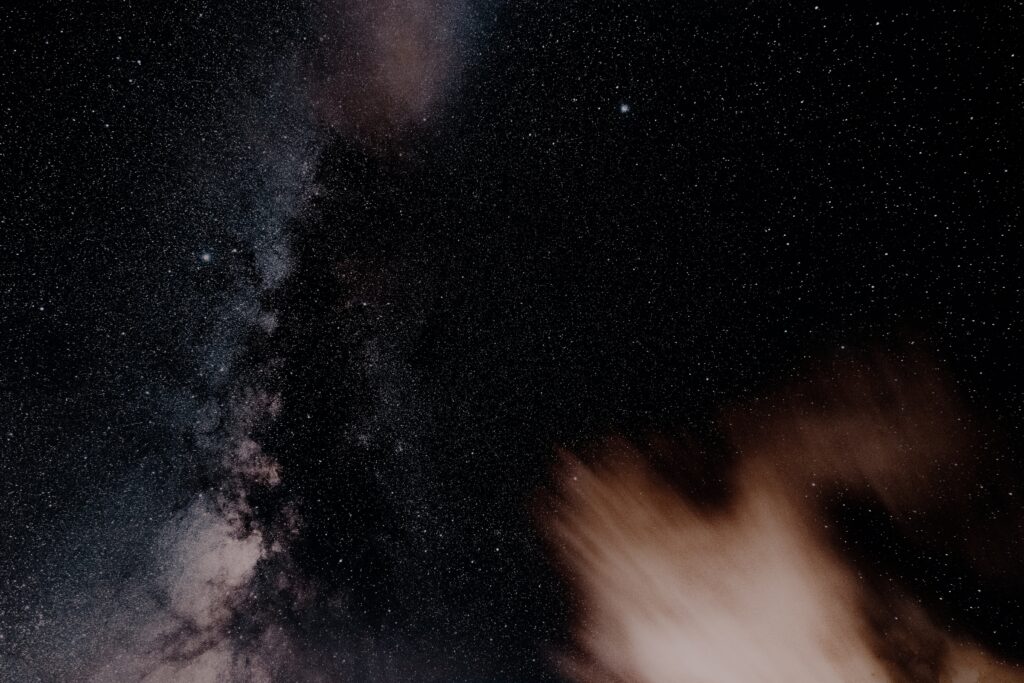“First, do no harm.” — Hippocrates

Via negativa is a Latin term that translates to “the negative way” or “by way of negation”. Originating from Christian theology, this term was employed to describe the ineffable nature of God. Given that God is inherently unknowable, via negativa offers a means of understanding him by describing all that he is not. This approach stands in contrast to via positiva, which involves comprehending God by directly listing his qualities. Through via negativa, a closer understanding of God is attained by a process of elimination that recognises all the qualities he doesn’t represent.
Via negativa was coaxed out of theology into a broad range of applications by the writer Nassim Taleb, who champions it as a philosophical approach to engaging with complex systems. In his book Antifragile (2012), Taleb outlines the approach of via negativa as avoiding practices that cause harm over pursuing interventions that fix problems. In practice, this looks like removing elements that contribute to the problem at hand, instead of the adding of a solution. By systematically eliminating elements one eventually arrives at a solution that reduces complexity.
Light pollution is an issue that is central to my work and interests, and I think this approach is especially relevant to it. Light pollution is the excessive, unwanted use of human generated light at night, with detrimental effects across the board. Artificial light at night acts as a pollutant that disrupts the behaviour and biology of individual living creatures, and these effects cause disruptions across habitats and ecosystems, altering the behaviour and dynamics of large numbers of creatures. Different living creatures are sensitive to different wavelengths of light — for example, blue wavelengths of light trigger human bodies in ways that contribute to long term harm, red wavelengths stimulate some birds, and insects are sensitive to ultraviolet wavelengths — but the general consensus is that since the dawn of electric lighting, in addition to erasing the view of the stars from most human-inhabited places, light has adversely affected ecosystems in subtle but profound ways.
To solve this problem, the additive approach, via positiva, is one most people have naturally resorted to. This approach uses our knowledge about the specific aspects of light that affect different living species to fine tune our adjustments once we find exactly the right range of constraints that work for a particular area. This leads to adding interventions like light shields, special bulbs, blinds, covers, blackout curtains, eye masks, and blue light-blocking glasses. This approach aims to minimise the damage to humans and wildlife caused by light pollution, and this minimisation happens as a result of adding elements to the situation that reduce the harmful capacity of the light.
In contrast, the subtractive approach, via negativa, involves simply turning off the offending lights. If the presence of light is the root cause of the problem, then removing the light entirely resolves the issue. A distinct path to the same outcome of reduced light pollution, via negativa focuses on what can be removed to reach the outcome — in this case it’s the light itself.
If the end goal is the same — reducing light pollution — does the method by which we get there truly matter? Is there really a difference between via positiva and via negativa?
The difference lies in complexity, and becomes pronounced when we shift our attention from just outcomes to the complex environment each approach creates. A via positiva approach demands time, energy, and resources to acquire necessary information, engineer solutions under specific constraints, and align with various aesthetic preferences. Complexity in this approach also continues well after modifications have been made — the more elements one adds to their lighting setup, the greater the burden of cleaning, repairing, fixing, and replacing these components. This process generates waste and consumes additional energy, perpetuating complexity forward in time.
In contrast, a via negativa approach eliminates complexity rather than augmenting it. Turning off the light, or disconnecting it, is a single step that solves the problem fast, and with the same ultimate result, no time or energy needs to be expended to maintain this solution.
Research has established that artificial light at night is harmful, and we know with certainty that it affects all living creatures. If there is something we can remove from the situation to reduce the effects of light pollution, it’s light itself. While it’s an impressive feat to find the exact modifications to make to a light to accommodate all these living creatures and their unique biological needs, isn’t a simpler solution to just return to natural darkness, which we are more naturally adapted to?
Although simple, the via negativa approach to mitigating light pollution can seem dramatic, and like a reversal of all the progress humanity has made since the literal and metaphorical enlightenments. Even as I write this I have to admit my deep hesitation to forgoing artificial light and illuminated nighttime activities altogether. I don’t want to discourage the use of additive solutions entirely, especially since many people’s livelihoods depend on coming up with solutions that follow this approach, with entire industries built around them. I do, however, think this particular example is an opportunity to reflect on broader themes within our culture — our collective entitlement to human comfort, and the anthropocentric, consumerist conditions that enable the kinds of interventions we favour.
To what extent should we be able to function the way we normally do when it’s in direct detriment to the rest of the ecosystem? Why do we prefer interventions that emphasise human comfort, letting us continue detrimental activities instead of eliminating them entirely? Why do we reward additive solutions and approaches and overlook ones that remove harm completely? These are questions I continue to grapple with, and hope to address through my work — advocating for less complexity over more, and working towards a personal and collective culture that prioritises doing no harm.